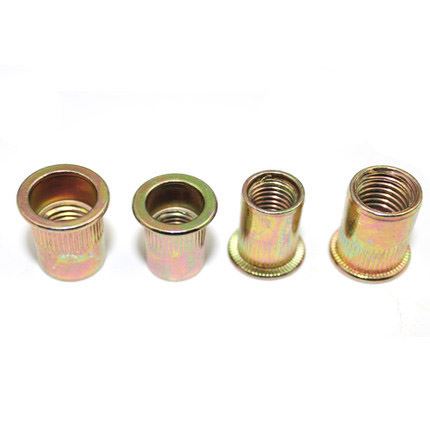1. In fact, the flange nut is basically the same size as the thread specification compared to the ordinary hexagon nut, but the gasket and nut of the flange nut are integrated, and there are anti-skid teeth on the bottom, which can be directly tightened with the bolt. The surface area contact between the nut and the workpiece is increased, which is stronger and stronger than the combination of ordinary nut and washer.
Because most of the flange nuts are used in pipes and flanges, the specifications of flange nuts are less than those of ordinary hexagon nuts due to the constraints of the workpiece.
2. Specification of flange nut
The common flange nut specifications are generally below M20. Some flange nuts above M20 are mostly flat flanges, that is, there are no tooth patterns on the flange surface. Most of these nuts are used in some special equipment and special places.

3. Origin of flange nut
In fact, the earliest flange face refers to the flange plate, which is the connection fitting of the metal pipe. It is welded vertically to the end of the pipe. After the two flange faces are aligned, they are connected together with bolts and nuts, and the pipes are connected together. Too. By analogy to the flange nut in turn, it can be seen that the flange nut is a combination of nut and flange face.
Link to this article:The difference between flange nuts and ordinary hexagon nuts
Reprint Statement: If there are no special instructions, all articles on this site are original. Please indicate the source for reprinting:Mold Wiki,Thanks!^^
